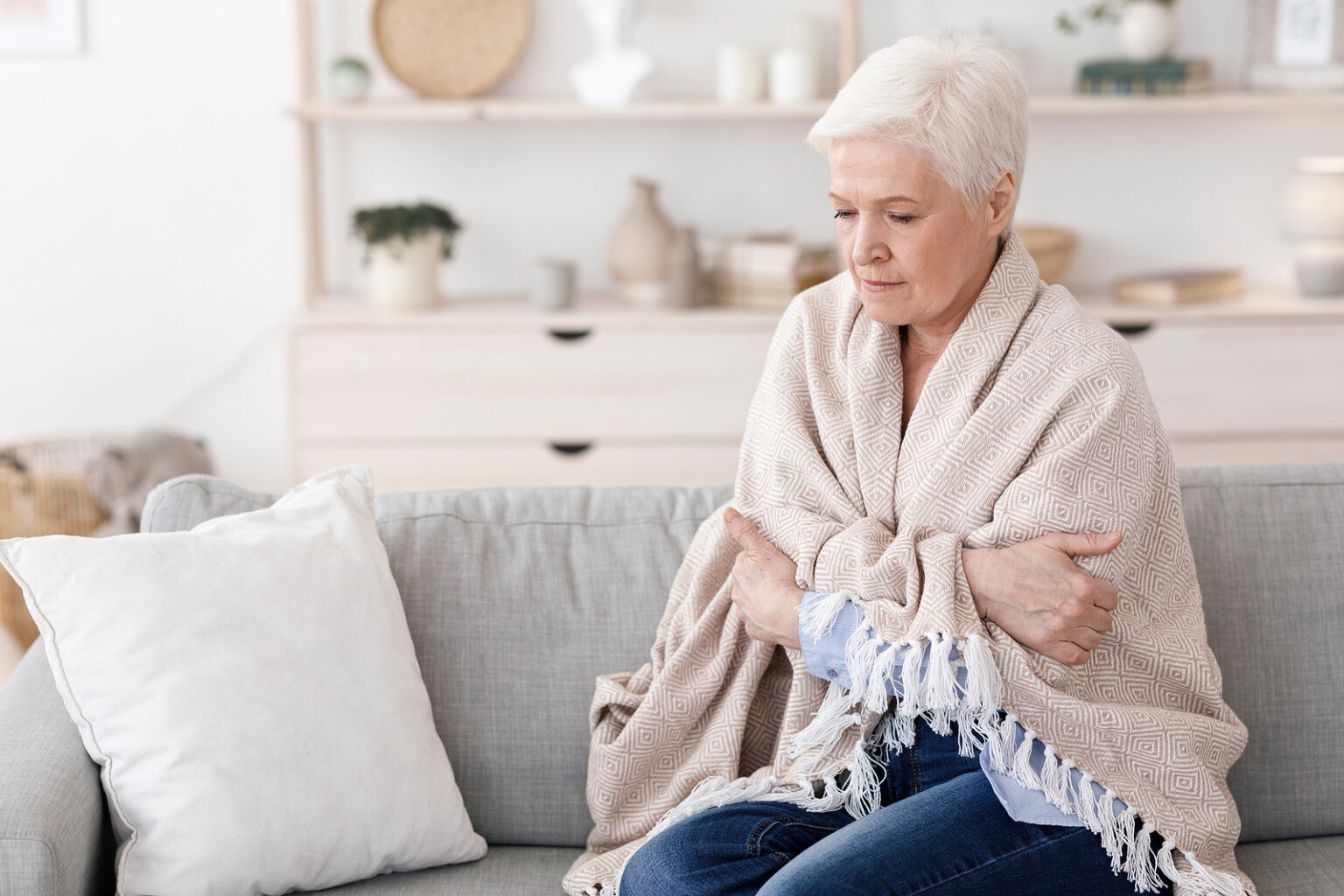Osteoarthritis Fingers: Relief & Treatment Options
Osteoarthritis, often abbreviated as OA, is a degenerative joint condition characterized by the breakdown of cartilage, the cushioning substance found between bones. When this condition affects the fingers, it can significantly impair daily activities, reduce dexterity, and cause considerable pain. Understanding the causes, symptoms, and available treatments for osteoarthritis in the fingers is crucial for managing the condition effectively.
Causes and Risk Factors
Osteoarthritis in the fingers, like in other parts of the body, is primarily a result of wear and tear on the joints over time. The risk factors include age, genetics, previous injuries to the joints, and obesity, which can put additional stress on the joints. Moreover, certain occupations that involve repetitive strain on the hands and fingers can also increase the risk. Women are more likely than men to develop osteoarthritis, especially after menopause.
Symptoms
The symptoms of osteoarthritis in the fingers can vary from person to person but commonly include: - Pain and stiffness: Pain can occur during and after activity, and stiffness, especially in the morning or after periods of inactivity. - Swollen joints: Fingers may become swollen, which can lead to a reduction in range of motion. - Bony growths: Development of Heberden’s nodes (on the distal joints) and Bouchard’s nodes (on the proximal joints) can occur. - Decreased range of motion: As the condition progresses, there can be a noticeable decrease in the ability to bend or straighten the fingers. - Loss of grip strength: Osteoarthritis can weaken the grip, making everyday tasks challenging.
Treatment and Relief Options
Managing osteoarthritis involves a combination of lifestyle modifications, physical therapy, and medical treatments. The goal is to alleviate pain, maintain or improve joint mobility, and enhance the quality of life.
Lifestyle Changes
- Exercise: Gentle exercises can help maintain joint mobility and strength. Activities such as yoga, swimming, and cycling are beneficial.
- Weight management: If overweight, losing weight can reduce the stress on the joints.
- Heat and cold therapy: Applying heat or cold packs can help reduce pain and stiffness.
- Assistive devices: Using devices like grips and handles can make tasks easier by reducing strain on the fingers.
Physical Therapy
Physical therapists can provide specific exercises tailored to the individual’s condition. They can also recommend splints or other assistive devices to support the fingers during certain activities.
Medical Treatments
- Pain relief medications: Over-the-counter medications like acetaminophen or nonsteroidal anti-inflammatory drugs (NSAIDs) can help manage pain and inflammation.
- Corticosteroid injections: Injecting corticosteroids into the affected joints can provide temporary relief from pain and inflammation.
- Hyaluronic acid injections: For some, injecting hyaluronic acid into the joint can help replace the natural cushioning that has been lost.
- Surgery: In severe cases, surgery might be recommended to realign or replace the damaged joint.
Alternative Therapies
- Acupuncture: This traditional Chinese medicine technique involves inserting thin needles into specific points on the body. Some find it helpful for pain relief.
- Massage therapy: Massaging the affected joints can increase blood flow and reduce pain.
- Dietary changes: Eating an anti-inflammatory diet and considering supplements like glucosamine and chondroitin may provide relief, although the evidence is mixed.
Prognosis and Outlook
While osteoarthritis of the fingers is a chronic condition, with appropriate management, many people can lead active lives. Early diagnosis and intervention can significantly improve quality of life and slow the progression of the disease.
Practical Tips for Daily Living
Adapting daily routines and using assistive devices can make a significant difference for individuals with osteoarthritis in their fingers. Simple modifications, such as using a computer mouse with an ergonomic design or wearing gloves with grip aids, can be particularly beneficial.
Prevention
While osteoarthritis has a strong genetic component, maintaining a healthy weight, avoiding injuries, and reducing repetitive strain on the joints can help minimize the risk of developing the condition.
What are the primary symptoms of osteoarthritis in the fingers?
+The primary symptoms include pain and stiffness in the fingers, swollen joints, development of bony growths like Heberden's and Bouchard's nodes, decreased range of motion, and loss of grip strength.
Can osteoarthritis in the fingers be prevented?
+While there's a genetic component, maintaining a healthy weight, avoiding injuries, and reducing repetitive strain on the joints can help minimize the risk.
What treatments are available for osteoarthritis in the fingers?
+Treatments include lifestyle modifications, physical therapy, pain relief medications, corticosteroid injections, hyaluronic acid injections, and in severe cases, surgery. Alternative therapies like acupuncture and massage may also provide relief.
Osteoarthritis in the fingers requires a comprehensive management plan that may involve medical treatments, lifestyle adjustments, and alternative therapies. By understanding the condition and exploring available options, individuals can effectively manage their symptoms and maintain an active lifestyle.


